Selected Readings
Taste of Homes: Food and Familiarity
Amanda McMillan Lequieu
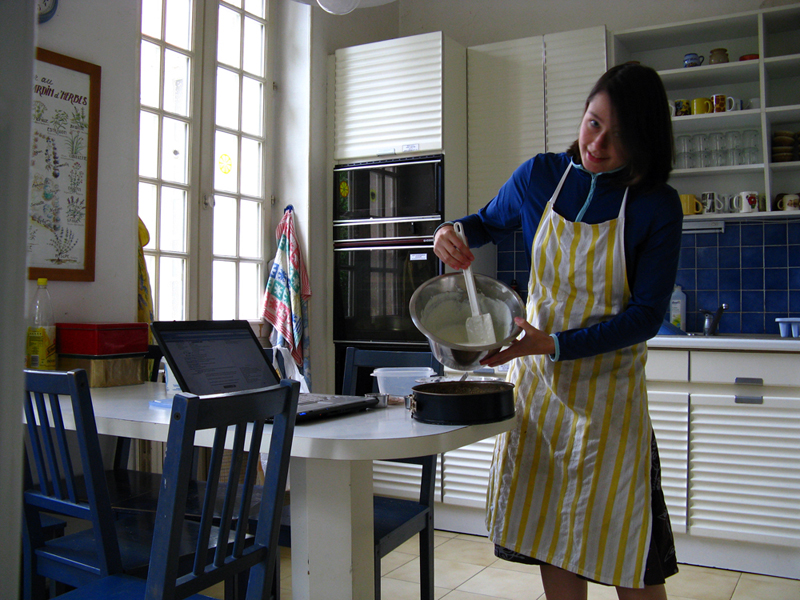
In 2008, I had just moved to France for my first job after college, and I approached the world with a doe-eyed wonder that, so I’ve been told, was darling and naïve to onlookers. But my birthday was in a week, so I took my darling naïveté and my high school-level language skills to the supermarché, determined to make the most authentic New York-style cheesecake to ward off my ever-encroaching homesickness.
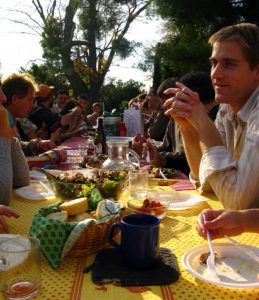
For a country which delights in producing every consistency of cheese product from multiple lactating animals, finding a sticky, smooth chunk of Philadelphia cream cheese proved nigh impossible. I found fromage blanc and sheep emental, four kinds of chèvre, and several more variations of cave-aged bleu. I then painfully read every label in the “processed cheese” aisle and stuttered an attempted question to yet another confused store staffer about the “gateau au fromage” of my dreams. I held in my hand a tiny jar of ricotta. Close enough.
My stubbornness to find this specific iteration of a dairy product flummoxed my French neighbors. It is complicated, I explained in broken French, as I beat ricotta cheese and egg yolk into submission. When the sublime texture of real New York cheesecake with hints of lemon and vanilla slides across my tongue, I’m in a smoke-filled diner on Main Street, or my mother’s farmhouse kitchen, or at a classy restaurant in the city. Maybe with the help of birthday cheesecake this alien land of marshes and mistral winds would be a little more home and a little less strange. My roommates—that odd collection of Welsh, Czech, and Spanish expatriates—sat in the kitchen with me in quiet comradery. Over the next year, I watched them as they, too, chopped, peeled, salted, and whisked their way home in that very kitchen.
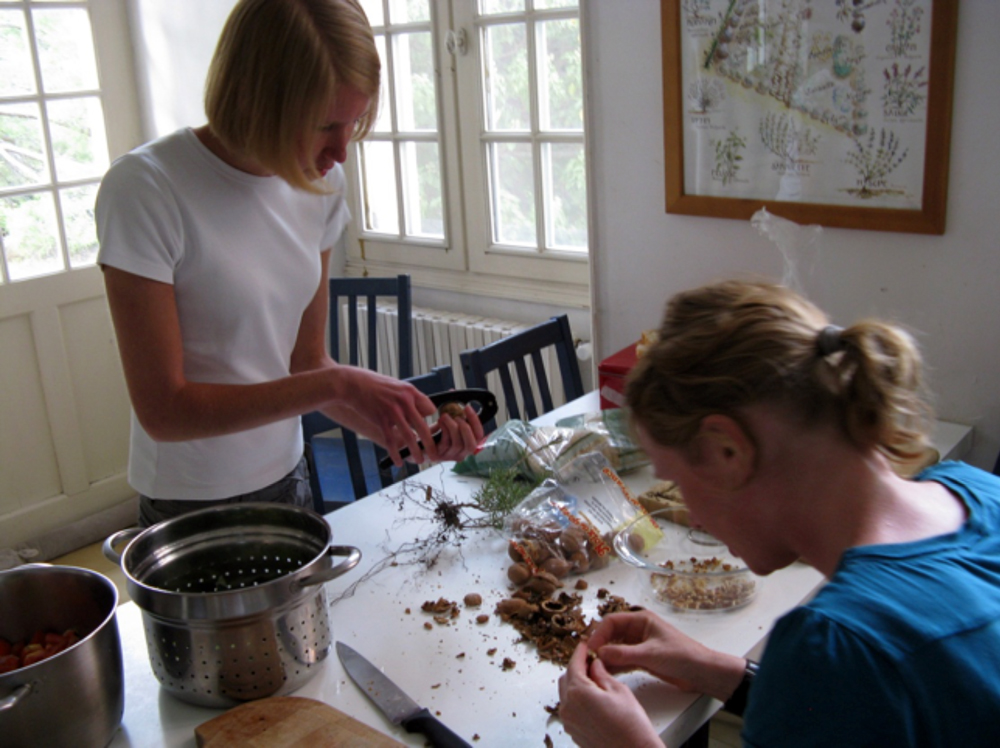
We may prepare food—but food certainly makes us.
The more transient we become, the more important “local” food is to us. Douglas Cazaux Sackman poetically examines this irony in a chapter on “Food” in an environmental history textbook. The frenetic exchange of money, people, technology, and cultures across borders may “actually promote—and indeed require—the construction of local identities.”1
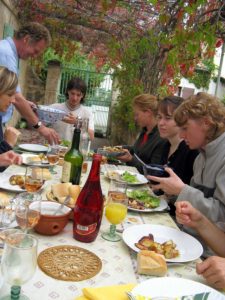
“Local” isn’t simply a question of scale. We know this, at a gut level. We know that in our recipes, we revise knowledge and tradition again and again, negotiating our nourished identity with new places and the passage of time. We immigrants, migrants, refugees, strangers, newcomers, we who are not really local in an era of mobility belong to several places at once.
Local is a familiar spread, as captured in this Time World photo series. Local is traditional Wisconsin Sunday picnics imported from Norway in 1877. Local is a steamed pork bun brought to Wisconsin by my mother-in-law from my husband’s favorite Chinese bakery in the Bay Area. Local is my Taiwanese friend disappearing into her kitchen for two days to prepare a lavish Chinese New Years’ feast to eat with her parents over Skype.
Yet, food embodies a paradox: food is made of change. In a culture of change and displacement, we cry for authenticity as our food systems span the globe. But how authentic is our food anymore? Can food be preserved in some original form as we the cooks change ourselves? Sackman quipped that “food and plants travel; people and culture travel; food in motion makes and remakes place—transports it. It at once makes the local, regional, national, and global; and it busts boundaries” (p. 543, emphasis added).
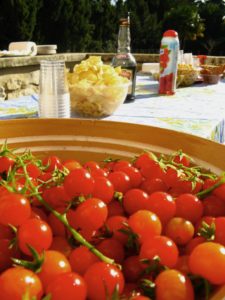
My twenty-second birthday cheese cake was one of many moment of crisis of a transitory life. Later that year, I chased down cranberry “compôte” to serve with a turkey leg for Thanksgiving; I discovered the joy of pizza with lardons instead of bacon, chèvre instead of mozzarella; I learned that kir is a magical mixture of wine and currant liquor, and realized that I never really knew what currants were. I created a new version of myself—neither authentically American nor entirely French.
Doreen Fernandez, a scholar of the Philippines, agrees. She argues that even when the very ingredients and farming techniques used by people in local environments remain unchanged over time, even indigenous food practices are not static cultural preservation. Foods reflect how fluid and negotiable cultural food traditions really are; they enhance, adapt, and subsume outside culinary influences, natural disasters, new ingredients, and revolutionary farming techniques. From pop-up restaurants to farmers’ markets, these little negotiations are woven into Filipino food, and thus into Filipino bodies, memories, and environments. Little changes in food craft, little changes in food-makers.
Through little adaptations to new places over time, we negotiate then and now. Still, though perhaps less frantically, I cling to traditions that make me who I am. With every meal, I hope that familiar tastes recreate me into someone who fits a little better in the worlds in-between here and home. I cast backward glances, contemplating when and where was home, even as I make space for myself in a new place. Perhaps we have the power to do so by stomping around supermarchés in pursuit of the perfect soft cheese.
Featured Image: The author preparing cheesecake.
Media Attributions
- The-Author-Preparing-Cheesecake-Amanda-McMillan-Lequieu © Amanda McMillan Lequieu
- Amanda-McMillan-Lequieu-Celebration-in-Arles © Amanda McMillan Lequieu
- Whisking-Their-Way-Home-Amanda-McMillan-Lequieu © Amanda McMillan Lequieu
- Amanda-McMillan-Lequieu-Gathering © Amanda McMillan Lequieu
- Tomatoes © Amanda McMillan Lequieu

